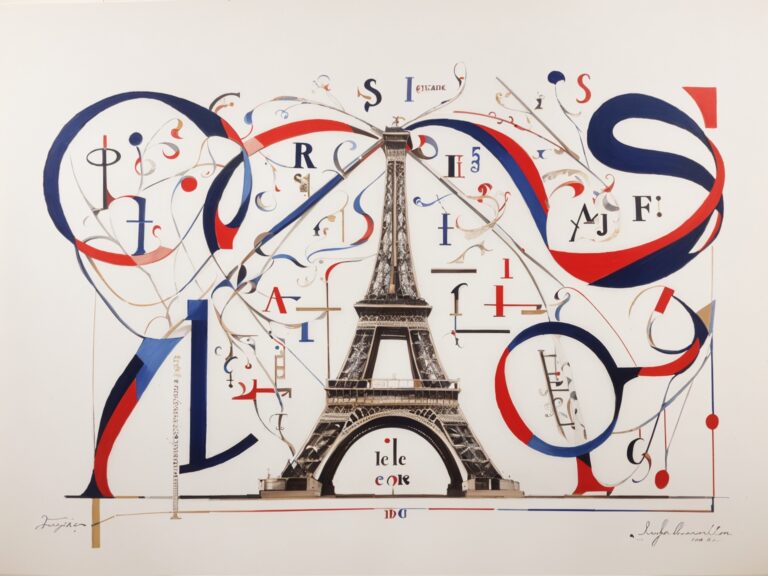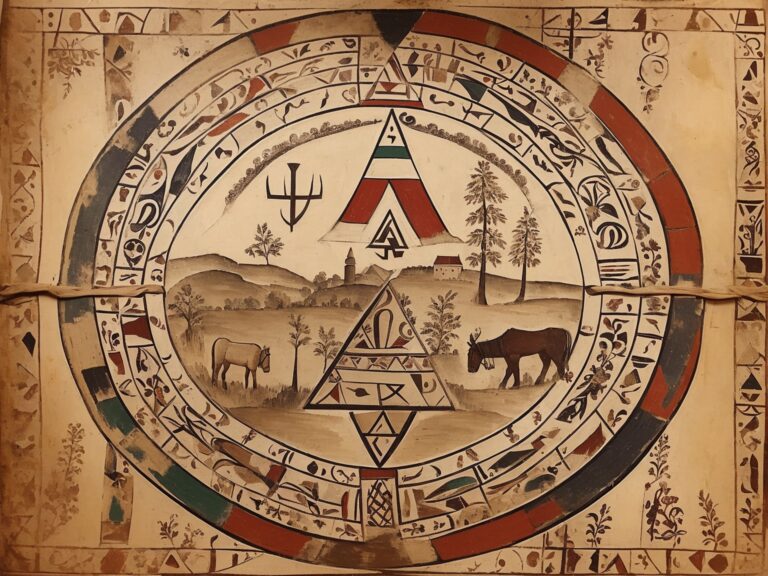Language, a cornerstone of humanity, is at the heart of our communication, culture, thought processes, and identity. Its complexity and richness are evidence of our cognitive capabilities, creativity, and adaptation. Yet, have you ever wondered how new languages are created? The process isn’t random or chaotic; it involves several precise stages and practices. From constructing a lexicon to establishing grammatical structures, the journey to a fully-fledged language is complex and fascinating. In this article, we will decipher this code, delving into the process of language creation.
The Genesis: Ideation and Purpose
The inception of a new language often begins with an idea, a need, or a purpose. A person or a group may decide to create a new language for a variety of reasons:
- Artificial languages: Also known as constructed languages or conlangs, these are often created for use in works of fiction, such as movies, books, and video games. Think of J.R.R. Tolkien’s Elvish languages, George R.R. Martin’s Dothraki, or the Star Trek series’ Klingon.
- International auxiliary languages: These are created with the intention of facilitating international communication, like Esperanto.
- Philosophical languages: These are often designed to reflect a particular worldview or philosophy.
- Experimentation and Research: Linguists sometimes create languages to investigate linguistic theories and understand more about language structure and acquisition.
Once the purpose is defined, creators can begin to design the language.
Laying the Foundation: Phonetics and Phonology
In any language, the smallest unit of sound is known as a phoneme. Phonetics and phonology, the study of these sounds, are the bedrock of language creation. The creator will decide which sounds to include, as well as the rules for combining these sounds.
Phonetics: It deals with the physical production and perception of sounds. Language creators choose which sounds (consonants, vowels, tones, clicks, etc.) exist in the language. They consider articulatory phonetics (how the sounds are physically produced), acoustic phonetics (the physical properties of the sounds), and auditory phonetics (how the sounds are perceived).
Phonology: This involves the abstract, mental aspects of these sounds. Creators design the phonological rules that determine how sounds interact and can change in different contexts.
Crafting the Building Blocks: Morphology
Morphology, the study of the internal structure of words, is the next step. This involves creating morphemes, the smallest grammatical units in a language that carry meaning. For instance, in English, ‘run’ is a morpheme and ‘running’ is a combination of the morphemes ‘run’ + ‘-ing’.
In creating a language, you decide whether it will be more isolating (like Mandarin Chinese, where words often consist of a single morpheme) or more synthetic (like Turkish or Finnish, where words are often made up of many morphemes). The language might be agglutinative, with clear-cut morphemes added together, or fusional, where a single affix can carry several meanings simultaneously.
Arranging the Blocks: Syntax
Syntax involves establishing the rules for how words (or morphemes) are arranged to form sentences. This dictates the ‘word order’ – the sequence in which the subject (S), verb (V), and object (O) typically appear in a sentence. English, for example, is an SVO language: “The cat (S) chased (V) the mouse (O).” Other languages may follow a different order, like SOV or VSO.
Creators also develop more complex syntactic structures, like how to form questions, negate sentences, and express different moods or aspects.
Breathing Life: Semantics and Pragmatics
Semantics is the study of meaning in language. Language creators assign meanings to the words and morphemes they’ve created and establish rules for how meanings can change in different contexts. They may choose to have words for concepts that don’t exist in other languages or decide that certain concepts aren’t expressed lexically but rather through grammatical structures.
Pragmatics, on the other hand, deals with how context influences language use and interpretation. It takes into account social norms, conversational context, and speaker intentions. This adds another layer of complexity and realism to the created language.
The Soul: Culture and Evolution
Finally, language is deeply intertwined with culture. A constructed language might have its own idioms, proverbs, slang, and taboo words, reflecting the culture of its speakers. The creator might develop a history for the language, influencing its current form.
Importantly, languages evolve over time. They may borrow words from other languages, undergo sound changes, or develop new grammatical structures. By incorporating this evolution, creators make the language feel more authentic and dynamic.
Conclusion
Creating a language is a complex process that involves understanding and applying knowledge from multiple fields of linguistics. It’s like an art that requires the blending of scientific knowledge with creativity. But the end product—a fully developed, functional language—can serve as a powerful tool for communication and a unique lens through which we can examine human cognition and culture.









